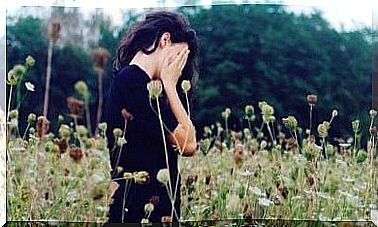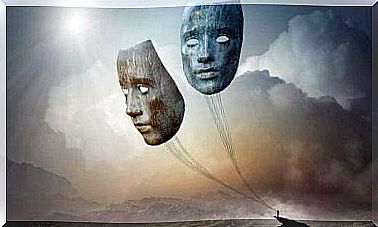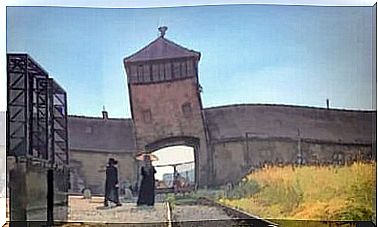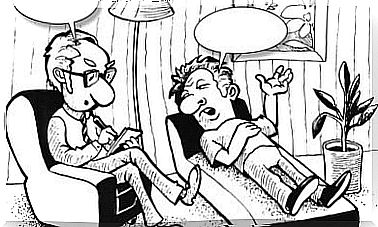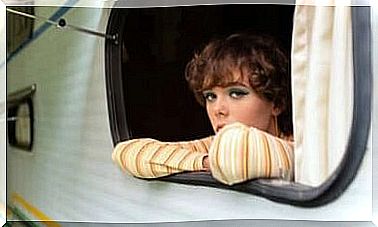Self-censorship: Psychological Barriers To Transmitting Information
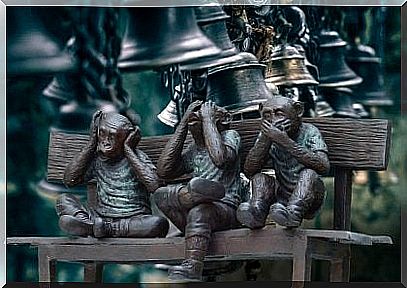
Sometimes we choose not to reveal the information we have. We keep silent without there being a barrier that prevents us from speaking. We decided that it’s better to be silent than to share the information. Why? All of this is due to a psychological mechanism called self-censorship.
Self-censorship is defined as the act of intentionally and voluntarily hiding information from others in the absence of formal obstacles.
When people think that revealing information is costly, they are more likely not to share it. Self-censored information can maintain coexistence in a society and help prevent evil. However, self-censorship can generate anguish, guilt and shame, in addition to preventing the free flow of information.
Therefore, self-censorship can also drive society into ignorance, impoverish public debate, and contribute to mental deterioration.
Free access to information
Open access to information elevates the value of freedom of expression and critical thinking . Likewise, free access to information allows for more deliberate discussions, in addition to being open and free, allows for the transparency of the system and increases the reach of public discussions.
All of this allows leaders and members of society to make more balanced and better-argued decisions on social issues, preventing moral transgressions. Thus, free access to information allows for the dynamic change of opinions and facilitates the development of tolerance.
However, in every society there is a tension between the free flow of information and its restriction. In this sense, let us think that an unbridled flow of information can damage a society.
In fact, even the most liberal and democratic states find it necessary to suppress at least part of information and opinions. The limitation on access to information is not only found in laws, rules and formal mechanisms, but also in individuals, as collective members who impose self-censorship.

Self-Censorship Components
Self-censorship requires a person to have information that has not been revealed. When talking about information, we leave out opinions. Information, unlike opinions, has to be true. It refers to something that actually happened and is considered true and valid without relying on personal opinions. Information content can be diverse, with issues ranging from negative to positive.
The act of censorship indicates that the individual intentionally and voluntarily withholds (does not share) this information despite the fact that there is no formal obstacle, such as external censorship, that prevents him from sharing it.
That is, people voluntarily decide not to share the information without any other type of limitation that prevents them from revealing it. This behavior implies that individuals informally control and regulate the flow of information or, in other words, obstruct free access to information, freedom of expression, and the free flow of information.
Psychological Basis of Self-Censorship
Self-censorship has at least three established foundations in psychology
First, human beings naturally tend to share, communicate and disseminate information. Members of societies have a psychological and social incentive to share information. Therefore, for self-censorship to take place, another reason must be opposed.
Second, people, as members of a group, care about him. This means that people try to maintain a positive image of their group and avoid information that has negative implications for its image.
Lastly, a person aware of having new information that is relevant and has not been revealed will experience a dilemma. This dilemma will appear when this information can cause damage when revealed, as it violates a norm, a dogma, an ideology or a value.
The level of dilemma can vary from person to person and depend on the type of information, context or other factors. However, a person always experiences at least a minimal level of dilemma when practicing self-censorship.

Factors that contribute to self-censorship
There are four factors that contribute to self-censorship happening. These are: the group context, the individual factors, the type of information and the circumstantial facts. The importance of the collective context lies in the fact that it dictates the needs and objectives of the members of society, and the challenges that must be faced to achieve them.
It also offers opportunities and limitations, stimuli and inhibitions, as well as the spaces and limits for human behavior. On individual factors, personality traits, worldview, values, ideologies, emotions, attitudes and motivations will influence self-censorship.
With respect to the type of information, the gravity of the information, the relevance to the present, the type of act involving the information, the information objects and the problems existing in the information will influence in self-censorship .
Likewise, circumstantial factors related to the compilation of the information, the number of people who know about it, the time elapsed since the information was obtained and the characteristics of the audience to which the information will be disclosed (identity, role, status, etc.). ) will influence self-censorship.
In consideration of this, the person calculates the subjective costs and rewards for each decision and then faces the dilemma that arises by resolving the dissonance. The outcome of these subjective personal considerations determines whether a person will reveal the information, to whom, whether it will be only part of the information or all of it, or whether it will engage in self-censorship.
